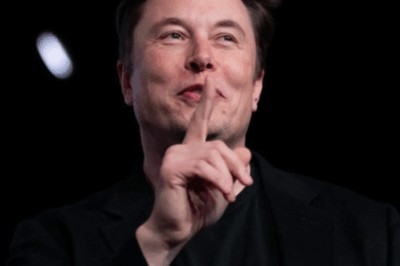Paralyzed man makes YouTube videos using only his thoughts
Recently, a man with total paralysis surprised everyone when he was able to edit videos, narrate and post them on YouTube. All thanks to billionaire Elon Musk’s Neuralink chip.

Brain-Computer Interface (BCI) device developed by billionaire Elon Musk’s Neuralink Company – Photo: YouTube Bradford Smith
According to Tom’s Hardware, Mr. Bradford Smith – the third patient to receive the Neuralink chip – surprised everyone when he was able to edit and post YouTube videos with just his thoughts, and used AI to recreate a real voice to narrate the video content.
Mr. Smith suffers from amyotrophic lateral sclerosis (ALS), which causes him to lose the ability to move and speak. However, thanks to being implanted with the Brain-Computer Interface (BCI) device by billionaire Elon Musk’s Neuralink Company, he was able to control his computer, edit videos and communicate again miraculously.
In the video, the BCI device is a cylinder about the size of five stacked coins, with many thin electrodes. The device is implanted directly into the motor cortex to avoid damaging blood vessels, then connected to a computer via Bluetooth to process all the neural data received from the brain.
Initially, Mr. Smith tried to move the mouse cursor by “thinking about controlling his hand”, but the results were unstable. Then the engineering team discovered that “thinking about the movement of his tongue” could help him control the mouse cursor more effectively.
Now, Mr. Smith said he can control the computer smoothly through BCI.
Not only that, he can also “speak” again thanks to artificial intelligence AI. He and his engineering team used old audio and video recordings from before he developed ALS to train an AI system to synthesize speech.
As a result, Mr. Smith’s real voice once again resounded in the video he created – something that seemed impossible more than a year ago.
Before Mr. Smith, two other patients also demonstrated the effectiveness of Neuralink technology. The first patient was able to move a mouse and play chess with his mind, and the second was even able to design 3D accessories and play games with teammates thanks to the BCI chip.
This shows that Neuralink’s BCI technology developed by Mr. Musk has finally achieved amazing achievements, opening up hope for millions of paralyzed patients to regain the ability to interact with the world.
In addition to Neuralink, other companies – such as China’s Neucyber – are also developing similar technology with government support. Some plans to standardize BCI technology are being discussed, increasing the possibility of cooperation between developers.
If this technology continues to develop, in the future ALS and other muscle wasting diseases will no longer be “a life sentence” for patients.
News
Tiger Woods’ son, Charlie Woods, achieves major golf achievement, marking an important milestone in his journey to follow in his father’s footsteps
Tiger Woods’ Son Charlie Woods Earns Major Golf Honor A well-deserved honor for Tiger Woods’ son. ORLANDO, FLORIDA – DECEMBER…
Elon Musk’s fate-deciding meeting of the decade: Either have a chance to become the first trillionaire or leave Tesla forever
Elon Musk’s fate at the Tesla empire will soon be decided. Tesla shareholders could soon give CEO Elon Musk, the…
Niall Horan ‘struggled’ with this aspect of One Direction fame
Though the five One Direction lads looked happy on the outside, they struggled to cope with their drastic rise to fame, which…
Malone continued to gush about his daughter, calling her “f—ing hilarious.
Post Malone Is A Proud Dad, Reflects On Lessons Learned from Raising His 3-Year-Old Daughter And Her Love For George…
Kane Brown shares the results he got after deciding to give up some bad habits!
Kane Brown Quits Tobacco and Alcohol, Drops Over 24 Pounds in Remarkable Health Transformation “Once I realized how tough it…
Lainey Wilson feels like she has “Impostor Syndrome” where the devil always has a way of showing up, wielding his little stick, and stirring things up”
Country Star Lainey Wilson Makes Bold Admission About Her Career: ‘The Devil Has a Way of Coming In’ Lainey Wilson should…
End of content
No more pages to load












